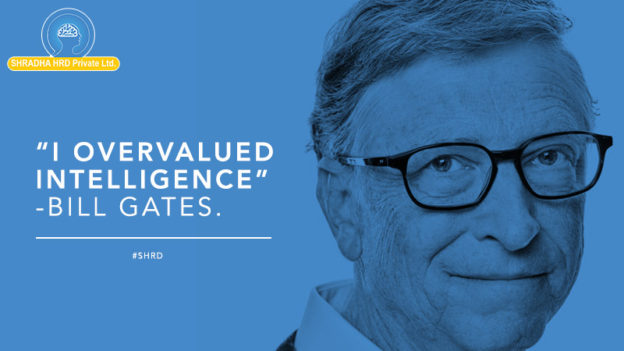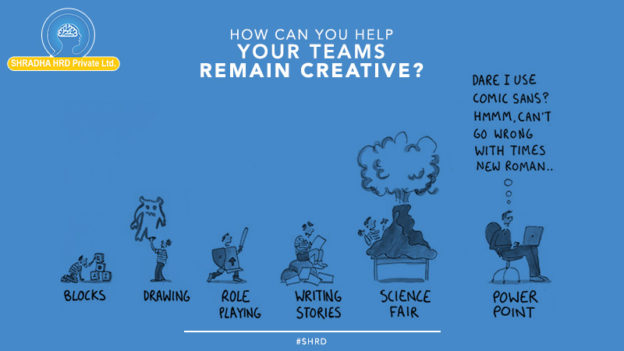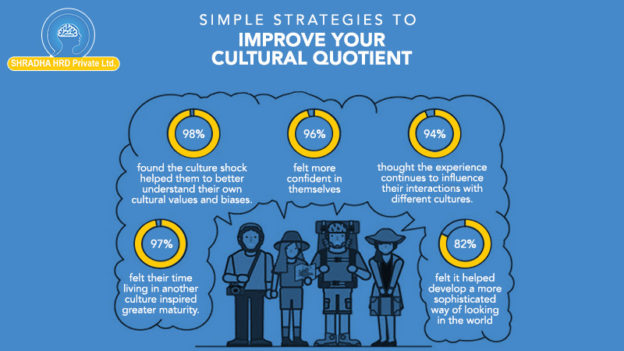
I read an interview with Bill Gates published in the Times of India. 3 points stayed with me:
1. The importance of emotional intelligence for people in Leadership
2. People management skills are not correlated with Scientific IQ & may be negatively correlated
3. It is rare to find someone who combines Scientific skills with IQ
An excerpt:
TOI: Sometime ago, you gave a speech about how you once “overvalued intelligence”. Can you elaborate?
BG:There’s a certain type of IQ where I can give you a 500-page book on meteorology and you read it and you understand how tornadoes work. I always admired people who were good at that, and I thought if you were good at that, then everything else is easy.
Managing people? Just use common sense. Understanding profit & loss? That’s just a little mathematical equation. “You’re a smart person. You know physics. Go manage this group.” I used to think. I was wrong about that.
The idea that some of these skills were not correlated with scientific IQ, in fact, some of them were negatively correlated, it took me a while to figure that out. Those who combine scientific IQ with people skills—like Satya –are rare. You have to learn to build a team with different capabilities & as Microsoft got bigger, it became more important.











